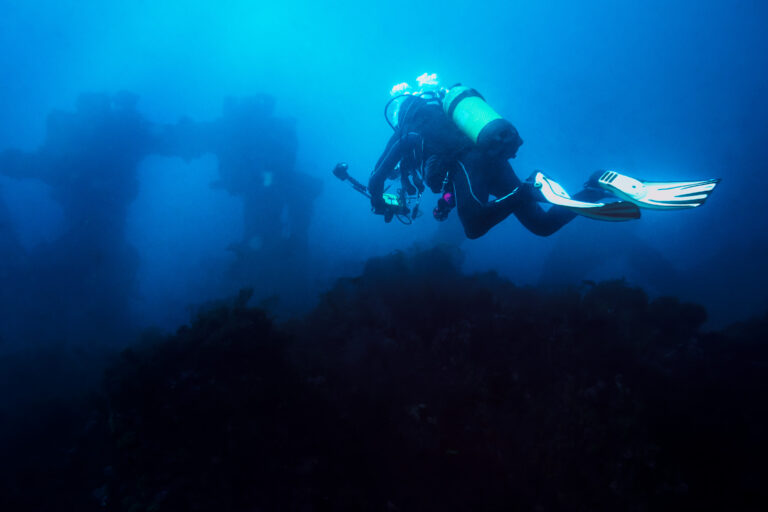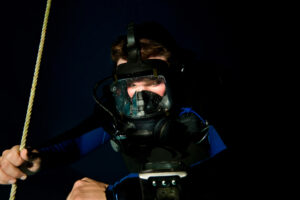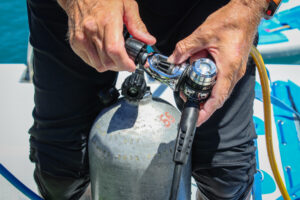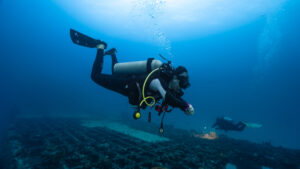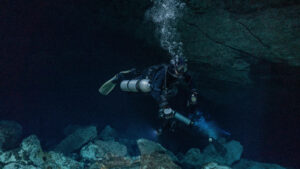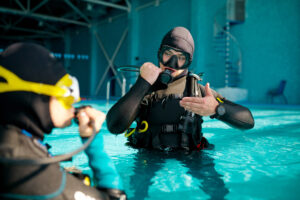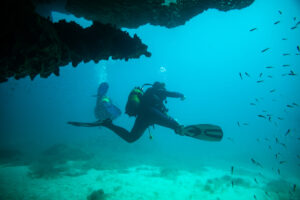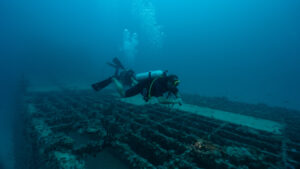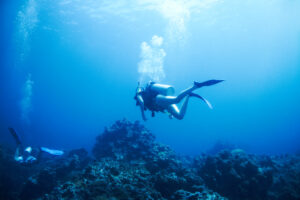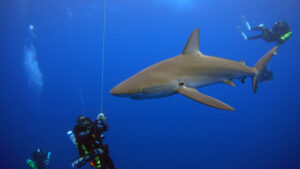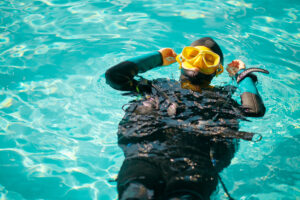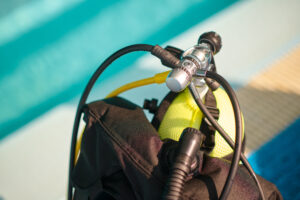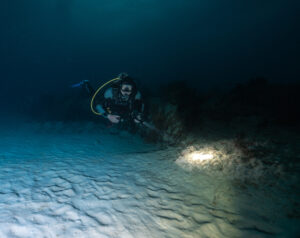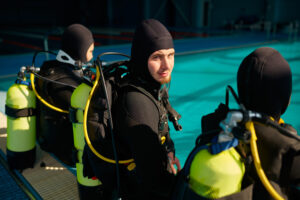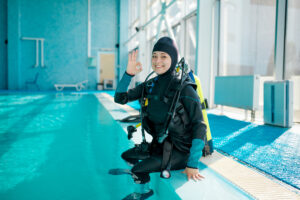What is Deep Diving?
Deep diving is a specialized category of scuba diving that involves descending beyond 18 meters (60 feet) underwater. As divers venture into greater depths, they face a unique set of challenges, risks, and physiological changes that require additional preparation, planning, and skills.
History of Deep Diving
Scuba diving emerged as a recreational and commercial activity in the mid-20th century. However, it was not until the 1960s and 1970s that deep diving became more accessible to the general public, with the advent of new technologies and the establishment of diving organizations such as PADI and NAUI. Over time, advances in dive computers, mixed gas technology, and decompression techniques have enabled divers to explore even greater depths.
Deep Diving Techniques
Planning
Deep diving requires careful planning to ensure a safe and enjoyable experience. Divers must calculate their dive time, gas consumption, and decompression stops using dive tables or dive computers. They should also plan for emergencies, such as equipment malfunction, running out of gas, or unexpected changes in water conditions.
Gas management
Deep divers need to manage their gas supply carefully to avoid running out of air during ascent or decompression stops. They must also monitor their air consumption to gauge their remaining dive time and ensure they have adequate gas for a safe return to the surface.
Buoyancy control
Proper buoyancy control is essential for deep diving. Divers must adjust their buoyancy control devices (BCDs) /buoyancy compensators (BCs) to maintain a constant depth and avoid rapid ascents or descents, which can lead to decompression sickness or barotrauma.
Navigation
As visibility can be limited in deep water, divers must use underwater navigation techniques, such as compass navigation or natural landmarks, to avoid becoming disoriented or lost.
Deep Diving Equipment
Dive computers
Dive computers are essential tools for deep diving, as they provide real-time information on depth, dive time, and decompression requirements. They can also be programmed with different gas mixtures, allowing divers to switch between gases during a dive.
Gas mixtures
Deep diving may require the use of mixed gases, such as nitrox or trimix, to reduce the risk of nitrogen narcosis or oxygen toxicity. These gases contain a lower percentage of nitrogen and/or a higher percentage of oxygen than air, allowing divers to stay underwater longer and mitigate the effects of increased pressure.
Technical diving gear
Deep diving often necessitates the use of specialized equipment, such as twin cylinders or rebreathers, to provide a redundant gas supply and extend dive times.
Exposure protection
Deep divers need suitable exposure protection, such as dry suits or thick wetsuits, to stay warm in the cold temperatures often found at depth.
Deep Diving Safety Precautions
Training and certification
Divers should obtain proper training and certification from a reputable organization before attempting deep dives. This will ensure they have the necessary skills and knowledge to manage the unique challenges and risks associated with deep diving.
Buddy system
Deep diving should always be conducted with a buddy or as part of a team. This provides an additional level of safety and support in case of emergencies.
Decompression stops
Deep dives require decompression stops to allow dissolved gases to be safely eliminated from the body. Skipping or shortening these stops can result in decompression sickness, a potentially life-threatening condition.
Emergency equipment
Divers should carry emergency equipment, such as a surface marker buoy (SMB), a dive knife, and a signaling device, to assist in rescue and recovery efforts in case of an emergency.
Physiological Aspects of Deep Diving
Nitrogen narcosis
Also known as “rapture of the deep,” nitrogen narcosis is a temporary, reversible impairment of cognitive function caused by breathing nitrogen at high pressure. Symptoms can include dizziness, euphoria, poor decision-making, and loss of coordination. Divers can minimize the risk of nitrogen narcosis by using gas mixtures with reduced nitrogen content, such as nitrox or trimix.
Decompression sickness (DCS)
Commonly known as “the bends,” decompression sickness is a potentially serious condition caused by the formation of nitrogen bubbles in the body’s tissues due to rapid pressure changes during ascent. Symptoms can range from mild joint pain to severe neurological disorders. To prevent DCS, divers must adhere to conservative dive profiles, perform appropriate decompression stops, and ascend slowly.
Oxygen toxicity
Breathing high partial pressures of oxygen can lead to oxygen toxicity, a potentially life-threatening condition characterized by symptoms such as seizures, vertigo, and unconsciousness. Deep divers must monitor their oxygen exposure and use appropriate gas mixtures to minimize the risk of oxygen toxicity.
High-pressure nervous syndrome (HPNS)
High-pressure nervous syndrome (HPNS) is a neurological disorder that can occur at depths greater than 150 meters (492 feet). This neurological disorder can occur particularly when using helium-based gas mixtures. Symptoms can include tremors, nausea, dizziness, and confusion. Gradual compression and the use of gas mixtures with a lower helium content can help reduce the risk of HPNS.
Deep diving is a fascinating and challenging aspect of scuba diving that enables divers to explore the depths of the ocean and discover hidden treasures. With proper training, equipment, and planning, deep diving can be a safe and rewarding experience. However, divers must always be aware of the unique risks and physiological effects associated with deep diving and take appropriate precautions to ensure their safety and well-being.

